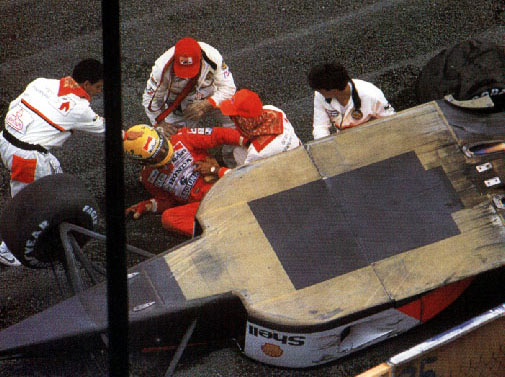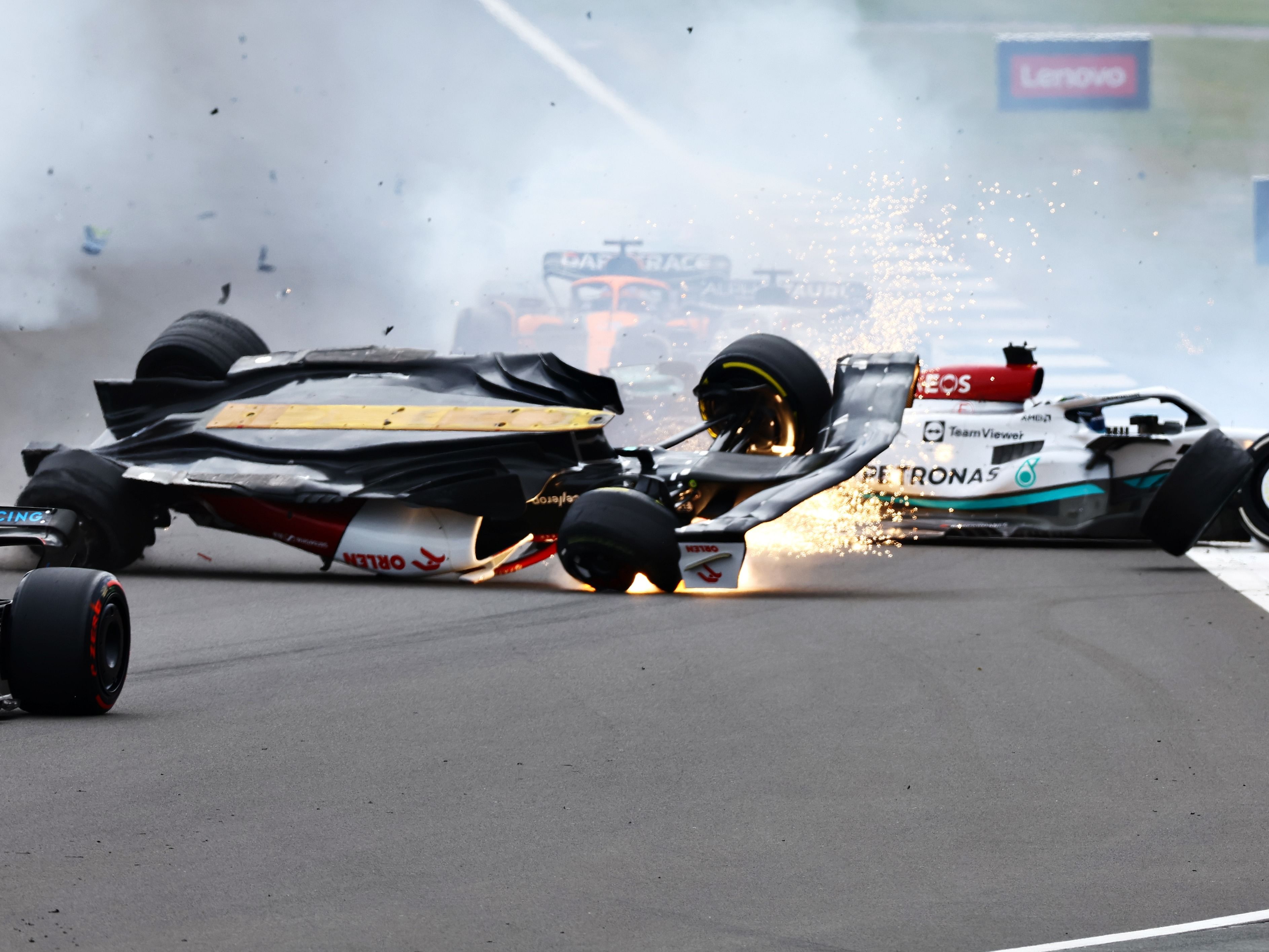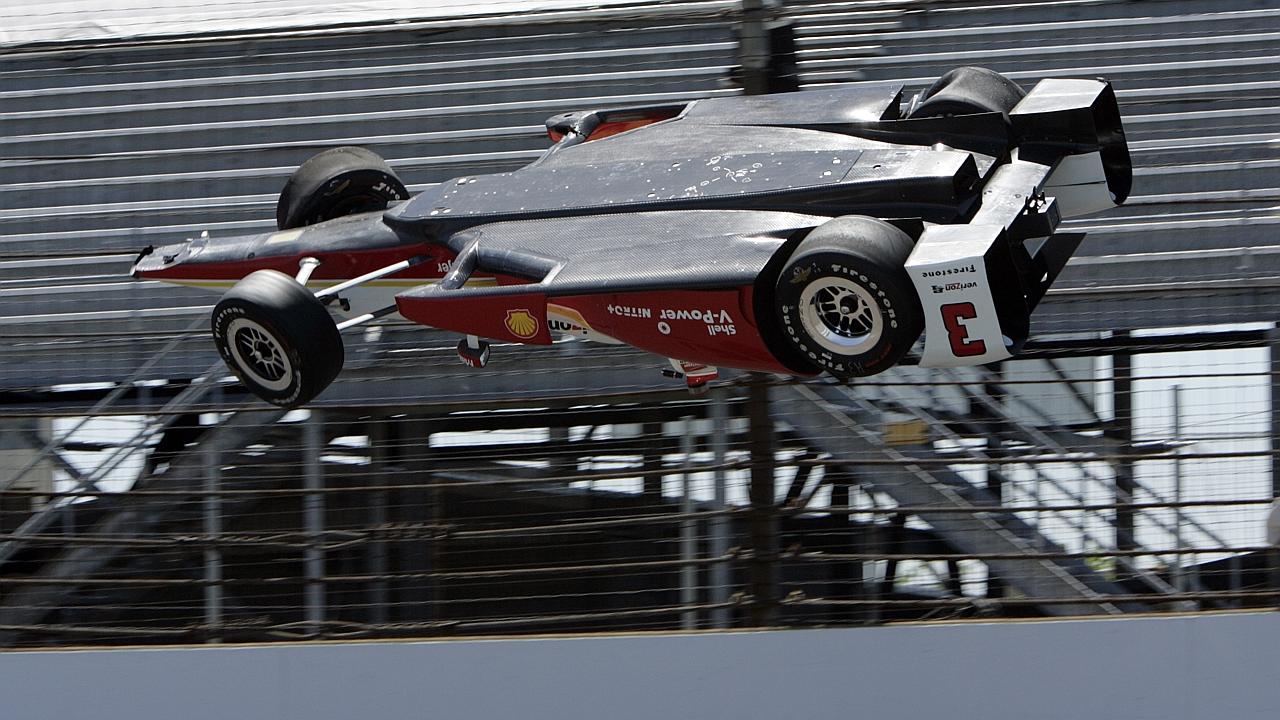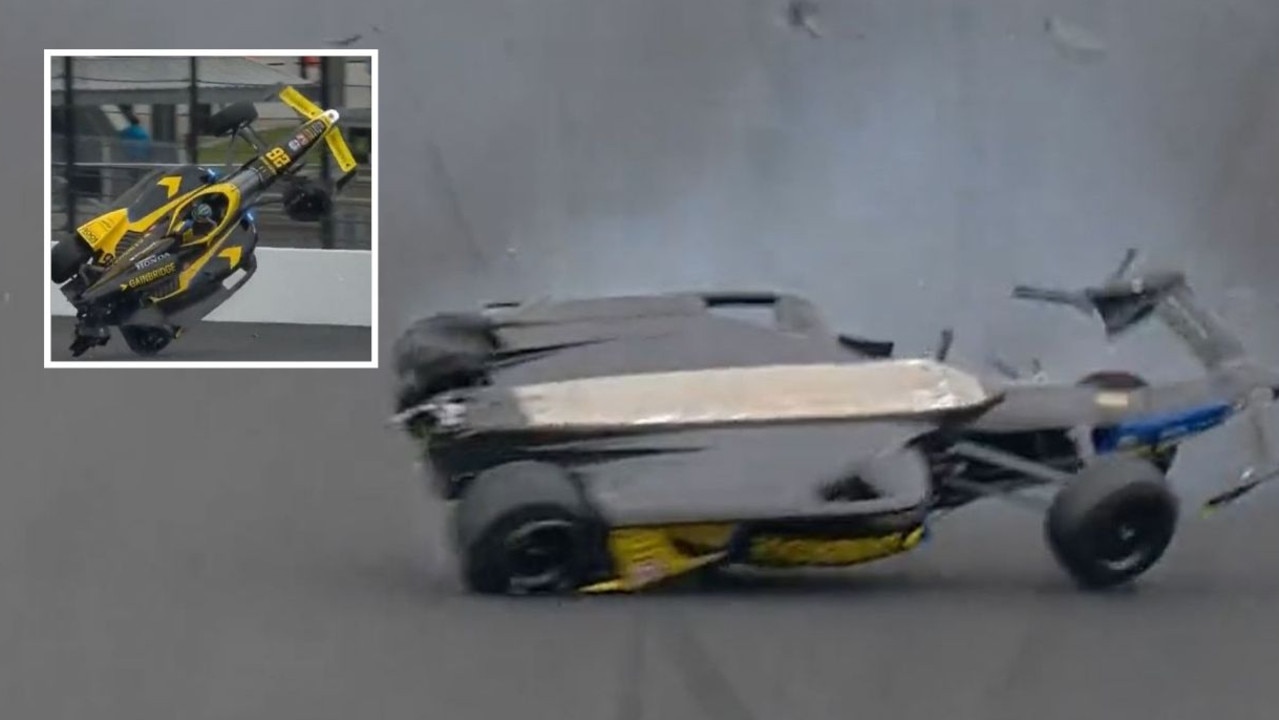No you can't. Simply arguing "different cars" when you have no access to the data, and don't even know what the sensor shows, isn't conclusive in any way.dialtone wrote: ↑28 Oct 2023, 00:55I absolutely can. RBR and MCL are 2 different cars than Mercedes and Ferrari, setup differently thus introducing a variable than even at equal accelerometer values could lead to different results. And obviously a good large chunk of the paddock shares the same opinion, including Max. So yeah, I can conclude that and I will.
The entire paddock argument also doesn't hold up if they don't understand the procedure and haven't been told the test isn't "random". They aren't data experts.
The thing here is also i think you guys fail to think about how an oscillation sensor might work. A car bottoming - no matter the car and the setup - will give a very distinct readout on such a sensor. So it's very easy to read when a car is bottoming, how much and how hard.
It's therefore very easy to imagine that the readout on the sensor and the wear has a very precise corrolation.
This may surprise you, but you haven't. That's purely your opinion, and I've given plenty of explanation for why that isn't the case.
The problem with your argument is that you assume that they need a control variable for the US GP alone because that was the only race where cars went below the limit and was disqualified. But the thing about data is that data doesn't care about the limit. To the data, the limit is completely irrelevant. The entire dataset dating back to when the FIA got these sensors in the first place is the control values. They've tested the entire field extensively for the past year - that's their control values.








